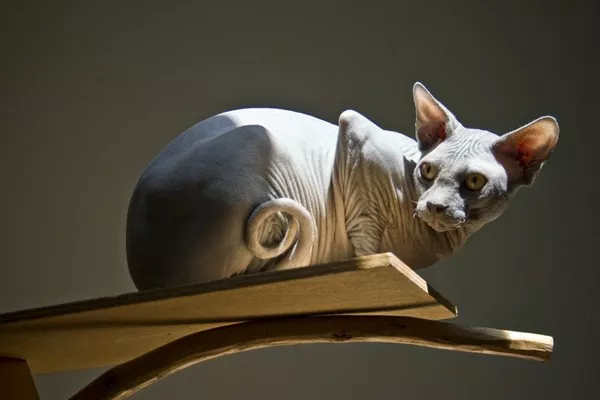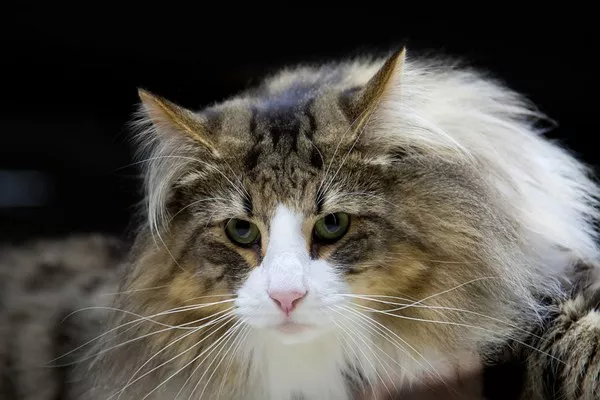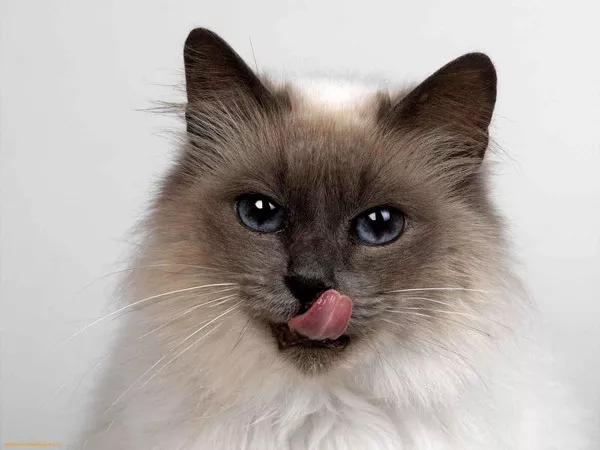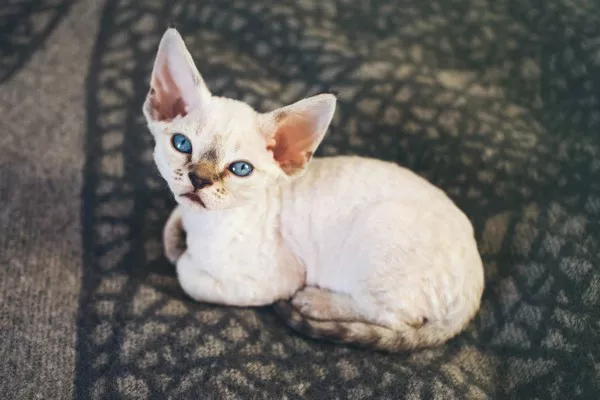Sphynx cats, known for their unique appearance and friendly disposition, are captivating feline companions. If you have a Sphynx cat or are considering bringing one into your home, it’s essential to understand their reproductive capacity. How many kittens can a Sphynx cat have, and what should you know about their breeding and care requirements? In this comprehensive guide, we’ll explore the intriguing world of Sphynx cat reproduction and how to ensure their well-being throughout the breeding process.
1. Understanding the Sphynx Cat Breed
Before delving into the specifics of Sphynx cat reproduction, it’s crucial to comprehend the breed itself. Sphynx cats are distinctive due to their lack of fur, revealing their wrinkled skin. Despite their hairless appearance, they are known for their warmth, both in terms of their personality and the elevated body temperature that comes with being hairless.
2. The Sphynx Cat’s Reproductive Cycle
Female Sphynx cats typically reach sexual maturity between five and nine months of age. Their reproductive cycle, known as estrus, occurs periodically throughout the year, with cycles lasting from several days to two weeks. During estrus, a female Sphynx cat exhibits behavioral changes that indicate her readiness to mate. These may include increased vocalization, agitation, and a greater interest in male cats.
3. Mating and Pregnancy
The mating process is crucial when considering how many kittens a Sphynx cat can have. To ensure a successful pregnancy, female Sphynx cats should be mated with a healthy male cat. A typical mating session can last from a few seconds to several minutes and may occur multiple times during the female’s estrus cycle.
After a successful mating, a Sphynx cat’s pregnancy lasts approximately 63 to 68 days. It’s essential to provide the pregnant cat with a comfortable, quiet, and stress-free environment to reduce the risk of complications. Proper prenatal care, including a balanced diet and regular veterinary check-ups, is vital during this time.
4. Litter Size and Variations
Sphynx cat litters can vary in size. On average, a Sphynx cat may give birth to a litter of three to five kittens. However, litter size can range from one to eight kittens. Several factors can influence the size of the litter, including the cat’s age, health, and genetics. Experienced and healthy Sphynx cats are more likely to have larger litters.
5. Care for Pregnant and Nursing Sphynx Cats
Taking care of a pregnant Sphynx cat and her kittens requires attention and diligence. Providing proper nutrition is essential during pregnancy, as the cat’s dietary needs change. Consult with your veterinarian to establish an appropriate diet plan.
During the later stages of pregnancy and while nursing, the mother cat may need more calories and specific nutrients. Ensure that she has easy access to fresh water and that her environment is clean and comfortable. Kittens should remain with their mother for at least 12 weeks to benefit from her milk and guidance.
6. Sphynx Kitten Health and Care
Once the kittens arrive, their health and well-being become a top priority. Sphynx kittens require warmth due to their lack of fur, especially during the first few weeks of life. Provide a warm and draft-free space, and consider using heating pads or a heat lamp to maintain a comfortable temperature.
Sphynx kittens are vulnerable to various health issues due to their hairless nature. They are more susceptible to sunburn, so avoid exposing them to direct sunlight. Additionally, their skin is prone to dryness and requires special attention. Regular bathing to remove excess oil and dirt from their skin is essential.
7. Breeding Responsibility
Breeding Sphynx cats is a significant responsibility. It’s essential to approach breeding with a commitment to the welfare of the cats involved. Ensure that both the male and female are healthy, genetically tested, and free from hereditary conditions that could be passed on to their offspring.
Responsible breeding practices aim to improve the breed and reduce the risk of congenital health issues in kittens. This includes conducting thorough research on potential mates, as well as providing proper prenatal and postnatal care for the mother and her kittens.
8. The Joy of Sphynx Cat Companionship
Whether you’re considering breeding your Sphynx cat or simply enjoying the company of this unique breed, it’s essential to prioritize their well-being. Sphynx cats are cherished for their affectionate and social personalities. They thrive on human interaction and make wonderful additions to households that can provide love, attention, and proper care.
Understanding the reproductive capacity of Sphynx cats is a valuable aspect of responsible ownership. By ensuring the health and happiness of your Sphynx cat, you can enjoy a rewarding and fulfilling feline-human companionship with these remarkable and captivating cats.
In conclusion, Sphynx cats have the potential to give birth to litters of varying sizes, with the average litter size ranging from three to five kittens. Proper care and attention during pregnancy, birth, and kitten rearing are essential for the health and well-being of both the mother and her offspring. Responsible breeding practices are crucial for improving the breed and minimizing genetic health issues in Sphynx cats.



























